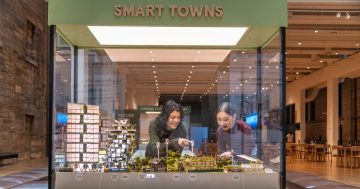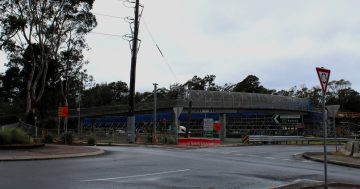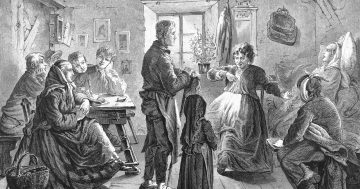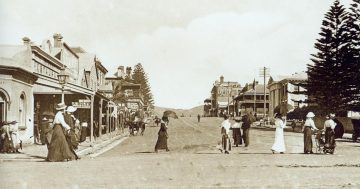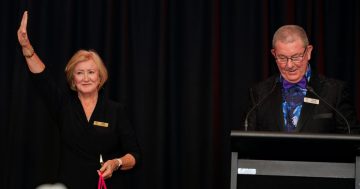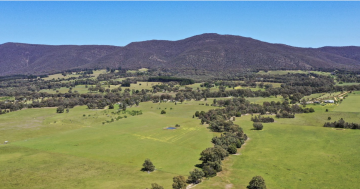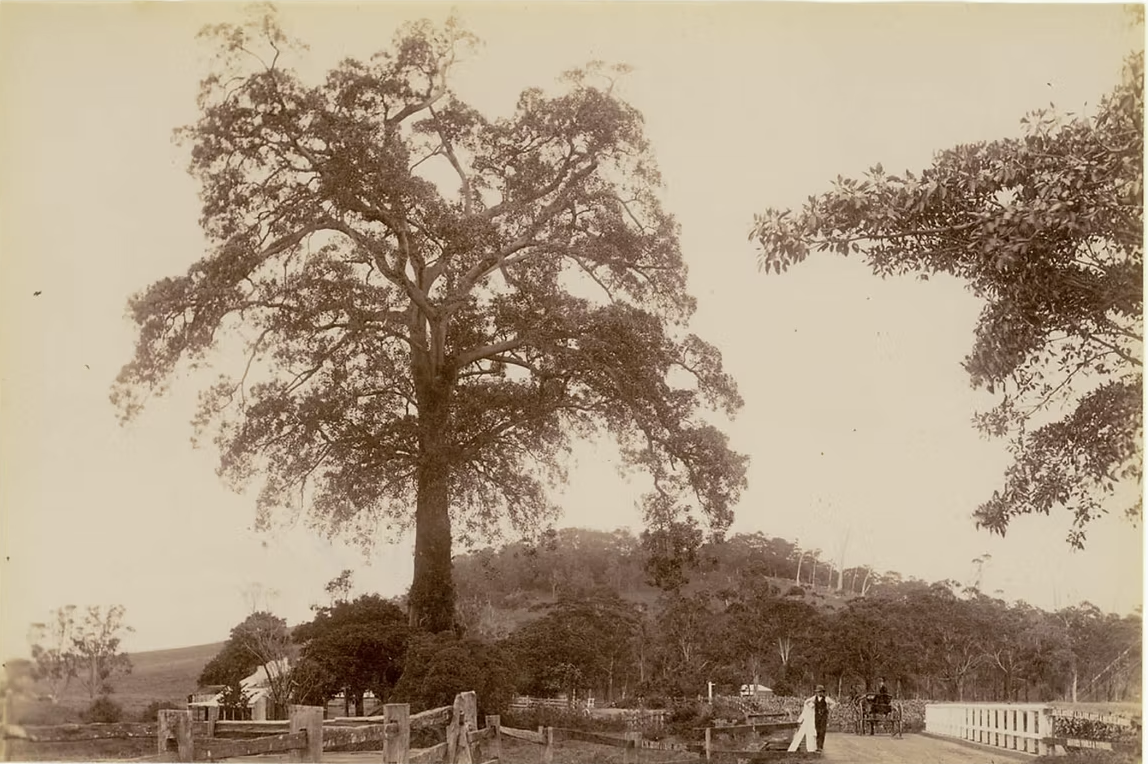
The fig tree, Dapto Road, Illawarra, 1910. Photo: State Library of NSW. PXE 711/586.
“Nominative determinism” is the hypothesis that people tend to gravitate towards areas of employment that fit their names.
The term is sometimes thought to have been invented as recently as 1994 but the idea seems to me a pretty old one.
In 1652, William Jenkyn, an English clergyman, argued that first names should be “as a thread tyed about the finger to make us mindful of the errand we came into the world to do for our Master”.
But one of my many favourite examples of what seems like nominative determinism is the case of the former boss of the Australian Funeral Directors Association who went by the name of Mr Ben Box.
A delightful and slightly more subtle local one I’ve encountered was an Illawarra fruit shop proprietor who had emblazoned on his truck the name “Tom Mater” (tomato – get it?)
These days I’m more interested in all the Illawarra places the names of which seem to have been determined by the trees, shrubs or even grasses growing in the vicinity. So, for me, dendrological nominative determinism is the go – and dendrology, of course, is the study of trees and other woody plants.
And so the once famous fig tree at Figtree and its remarkable stature giving birth to the place name is, of course, pretty obvious stuff. Nonetheless, that tree also holds the distinction of being what seems to be the earliest surviving photo ever taken south of Wollongong.
The man who took the very early image of Illawarra’s big fig was Mr William Hetzer who arrived in Sydney with his wife Thekla in the 1850s.
Sadly this photo of the even then very tall fig tree at Figtree in Illawarra (today held in the Macleay Collections of Chau Chak Wing Museum at the University of Sydney) is a touch boring.
So, at least when it comes to Hetzer’s photography, I much prefer his fabulously moody and mysteriously dendrological “Australian Scenery, Middle Harbour, Port Jackson”.
It’s a photo, pictured below, where the dead tree limbs in view even the egregious American colonel might have been willing to describe as “timber-licking good”.
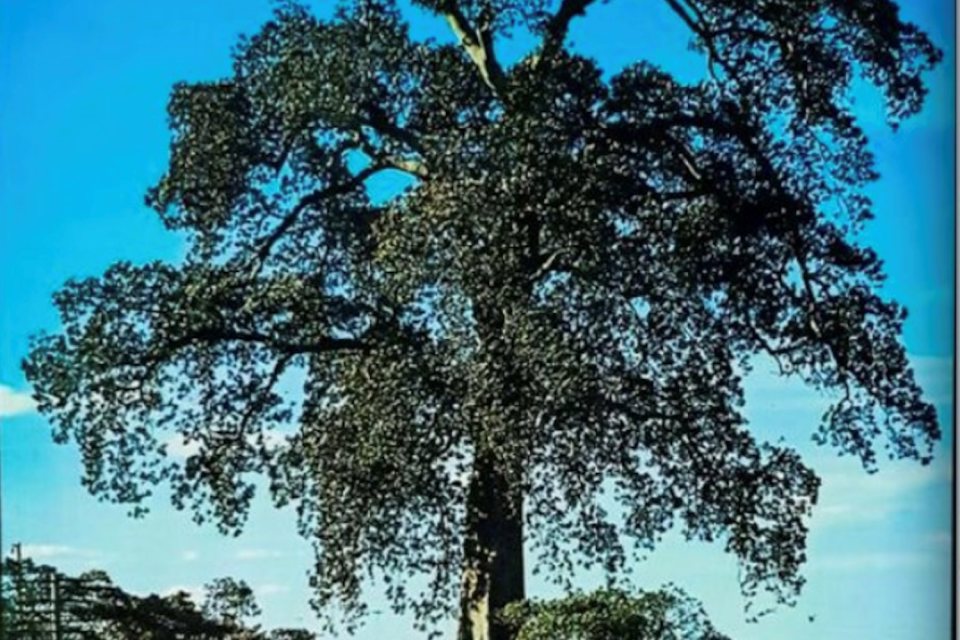
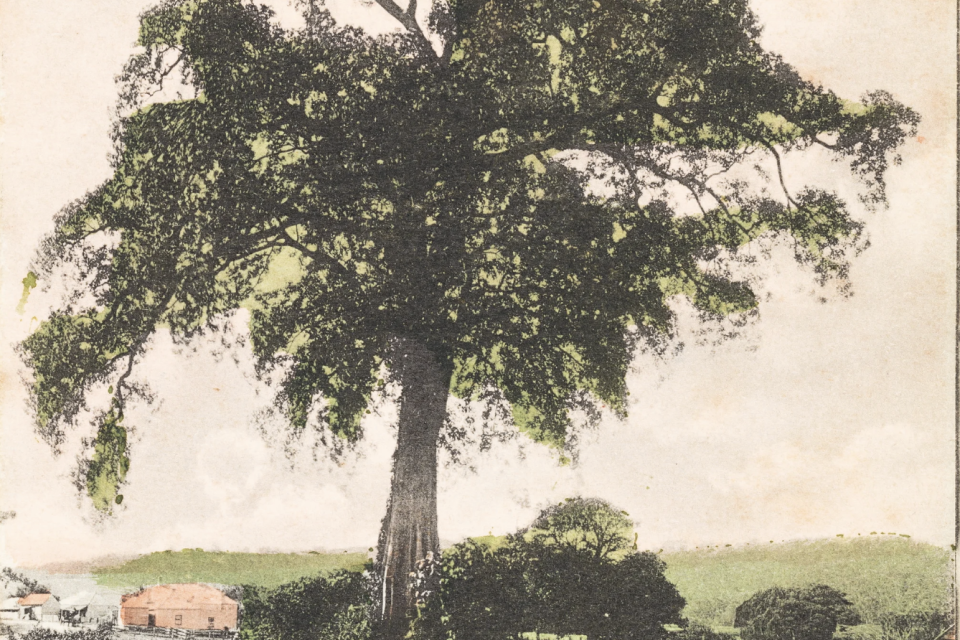
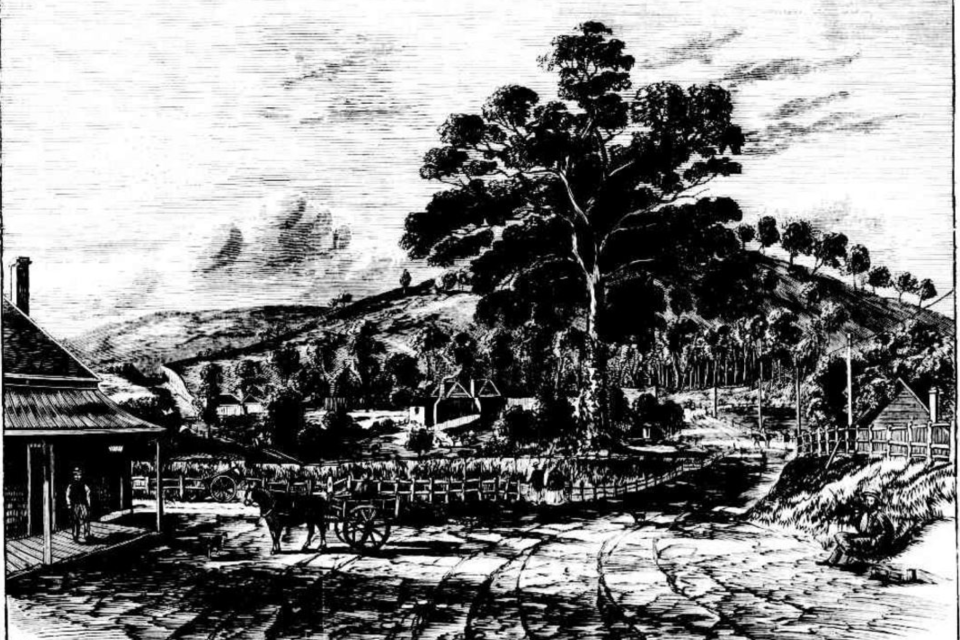
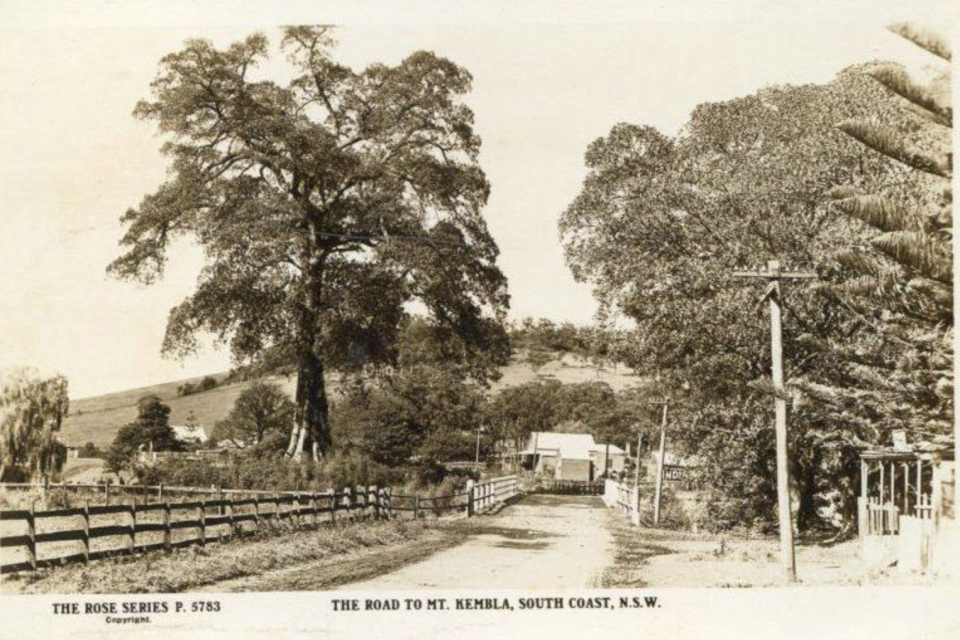
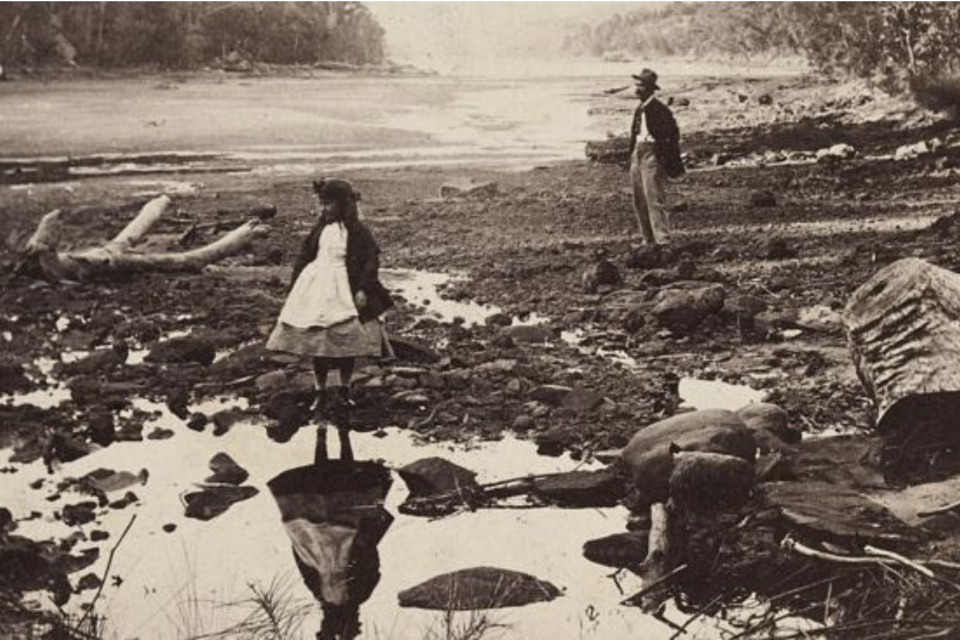

More seriously, Hetzer’s photo (along with his image of the Illawarra fig tree at Figtree) at least helps to demonstrate that “dendrological landscape photography” began pretty early in Australia.
Less dendrologically obvious is the name that Archibald Campbell MLA (and a sometime editor of the Illawarra Mercury) recorded as the Indigenous word “Dthirrawell” supposedly meaning “cabbage palm”.
Basically, because of Campbell’s appalling handwriting the bureaucrats mangled it as “Thirroul” causing the town to be dubbed “The Valley of the Cabbage Palms”.
In a statement that would have no doubt upset the area’s real estate agents, a local Indigenous leader William Sadder wrote to the Illawarra Mercury explaining the place was known to his people as “Dthurroon” – “The Valley of the Bush Leeches”.
Another more obvious South Coast example of dendrological nominative determinism is the place known as “Sassafras” on the once dusty bumpy road to Nerriga (northwest of Nowra).
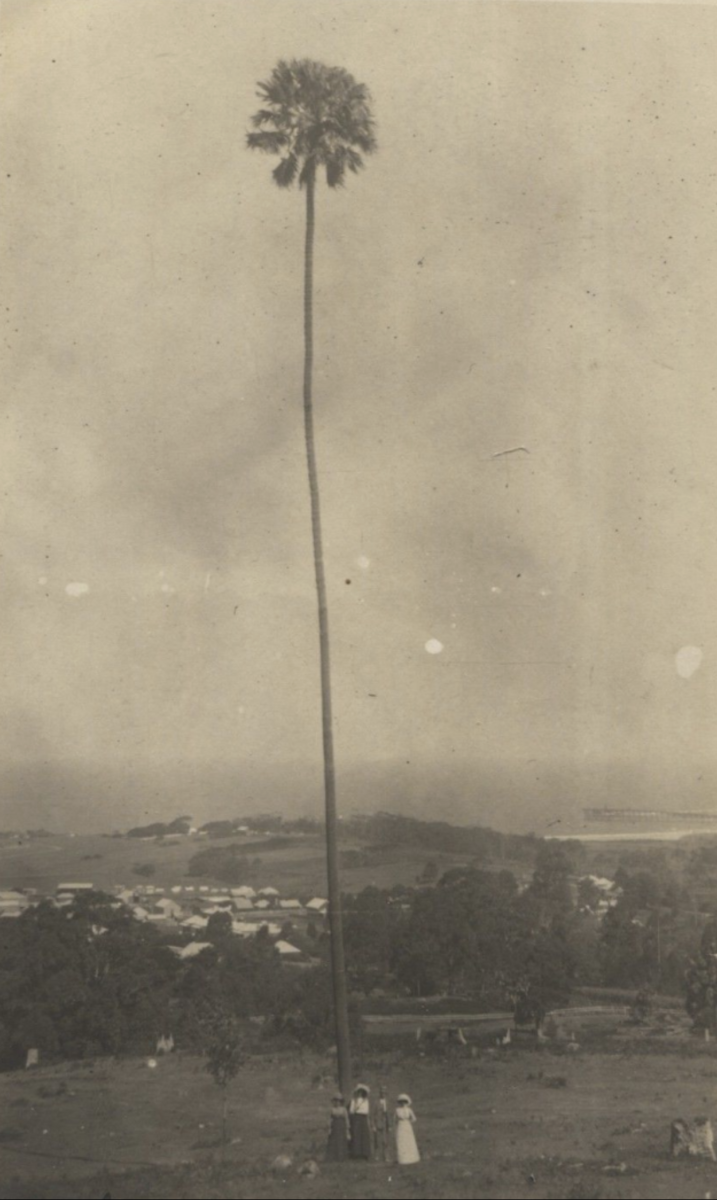
Postcard of the endless cabbage above Thirroul (looking to Sandon Point at right). It was large cabbage trees like this that made people think the word “Dthirrawell” was ideal to mistakenly name Thirroul. Photo: Supplied.
It, almost certainly, derived its name from “Doryphora sassafras”, an evergreen tree of the family Atherospermataceae – a species native to the subtropical rainforests of eastern NSW.
Less certain is the Illawarra suburb “Fairy Meadow” which may, but not certainly, derive its name from the open lowland bushland once located there and said to have grassy meadow-like grassland between the trees.
The matter of supposed Indigenous place names transliterated by white people is equally problematic, but several of the many of those recorded may well be versions of the names once used to describe the trees in particular areas.
An Indigenous man named Buthong claimed in 1902 that Numba (east of Nowra) meant “the broad-leafed tea tree” and also that Illawarra’s famed red cedar tree was called “Currorura”.
According to James Macarthur, Kangaloon (just up the escarpment from the Illawarra) was said to mean “myrtle”.
Burrawang (also up on the escarpment) was recorded as early as 1825 by Alexander Berry as meaning “dwarf palm”.
“Dtheera” (my favourite spelling of Keira instead of “Djeera”) was, also according to James Macarthur, the name of the native white cedar tree.
The fabulous early Illawarra historian Frank McCaffrey claimed Jerrara (near Kiama) – where he once lived – meant “place of shrubs”.
However, my all-time local favourite – even though it’s not very dendrological – is “Wollongong”. When I asked an Indigenous local for its meaning, he very wittily claimed it was originally a word meaning “place of very bad architecture”.








